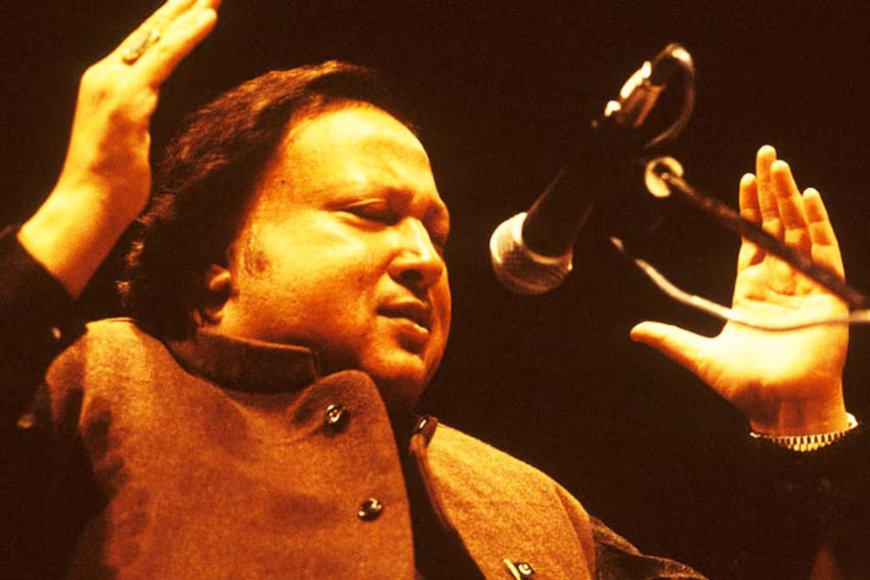Lost age of innocence: Why is Bollywood not making classic children movies like Mr. India and Makdee anymore?
Shekhar Kapur, who directed the classic, says we have stopped making movies like that anymore. He says, "We make child-like films for children. That's the problem. Typically, whenever we make films for children, we start making them child-like." Talking about the movie, he further said, "If you want to make a theatrical film, you have to give it the scale that a theatrical film wants"

The golden era of Bollywood children's films, marked by classics like Mr. India and Makdee, has long faded. These films captured the imagination of young audiences with their blend of adventure, innocence, and moral lessons. They were not just entertainment but life lessons wrapped in magical tales, making them endearing to both children and adults alike.
However, in recent years, Bollywood has shifted its focus from such family-oriented children’s films to commercially driven blockbusters, leaving the genre largely untouched. So, why aren't we seeing more films like Mr. India and Makdee?
One significant reason is the shift in audience expectations and the rise of multiplex culture. In the past, children's films catered to a broad audience where families would flock to theaters for wholesome entertainment. Now, with cinema diversifying into niche genres and focusing on urban, adult-centric narratives, family films often take a backseat. The commercial success of action, romance, and biographical dramas, along with the influx of international cinema, has changed the landscape, making it financially risky to invest in children's films.
Moreover, technology has impacted storytelling styles. While Mr. India used practical effects and Makdee blended folklore with mystery, modern filmmakers are more inclined to rely on CGI-heavy spectacles, losing the charm of simplicity. Children's stories today are often buried under layers of complex visual effects rather than focusing on narrative depth or moral lessons.
Another factor is the rise of digital platforms like Netflix, Disney+ Hotstar, and Amazon Prime, which have democratized content for children. Animation and cartoon series dominate these platforms, fulfilling the demand for children’s entertainment. This reduces the necessity for Bollywood to cater to this demographic, as parents and children now have access to international content. Instead of producing original children's films, Bollywood is increasingly focused on delivering high-stakes, high-budget spectacles.
Cultural changes have also played a role. Earlier films like Makdee delved into Indian folklore and local traditions, offering unique cultural tales. Today, with globalization and changing family dynamics, such narratives are less common. Urbanization has also distanced children from rural or traditional Indian stories, and filmmakers, in turn, are hesitant to tap into this fading cultural memory.
This is not to say that children’s films are entirely extinct in Bollywood. Movies like Taare Zameen Par or Chillar Party attempted to fill the void but lacked the magical, fantasy-driven essence that Mr. India offered. Furthermore, while these films were critically acclaimed, they did not trigger a resurgence in children's cinema, as expected.
To revive children's films, Bollywood needs a fresh perspective that combines nostalgia with modern storytelling. Filmmakers should look at creating content that is both engaging for today’s tech-savvy youth and still carries the timeless innocence that once made children's films so endearing.
In conclusion, Bollywood's shift away from classic children’s films can be attributed to changes in audience demand, technological evolution, and market trends. Yet, with the right vision, it is possible to reclaim the magic of films like Mr. India and Makdee, reminding us all of the lost age of innocence.
What's Your Reaction?



























































